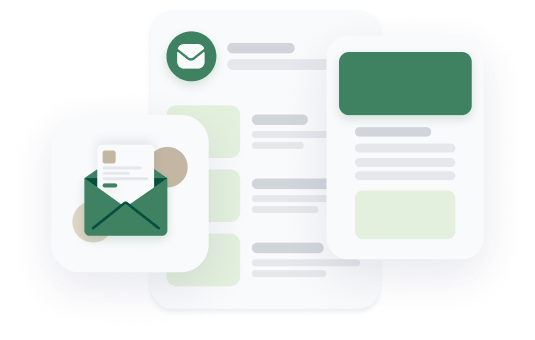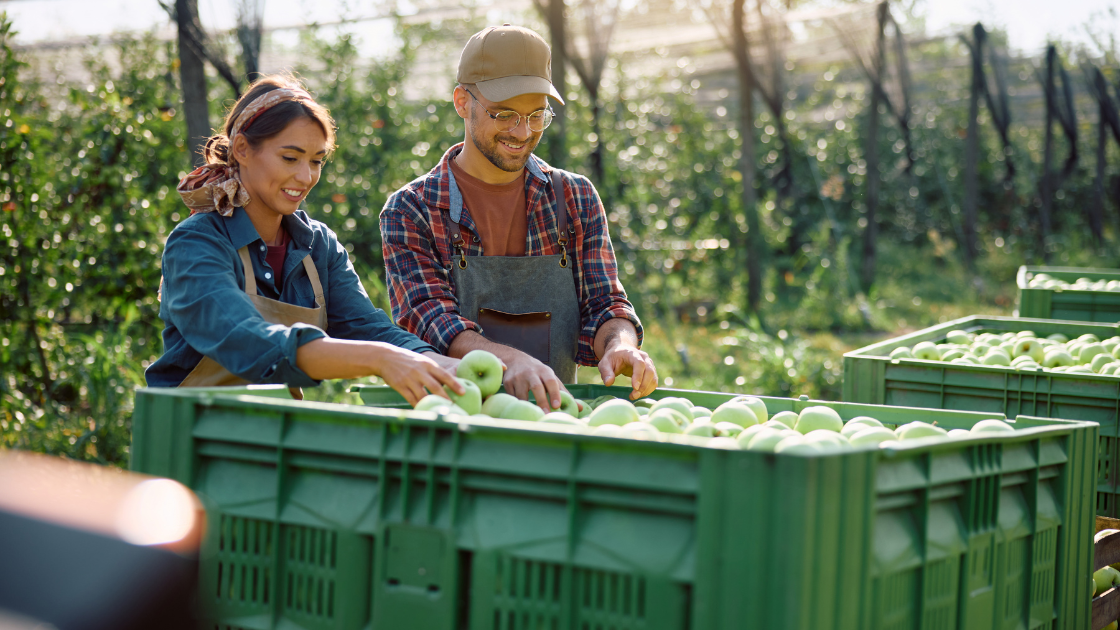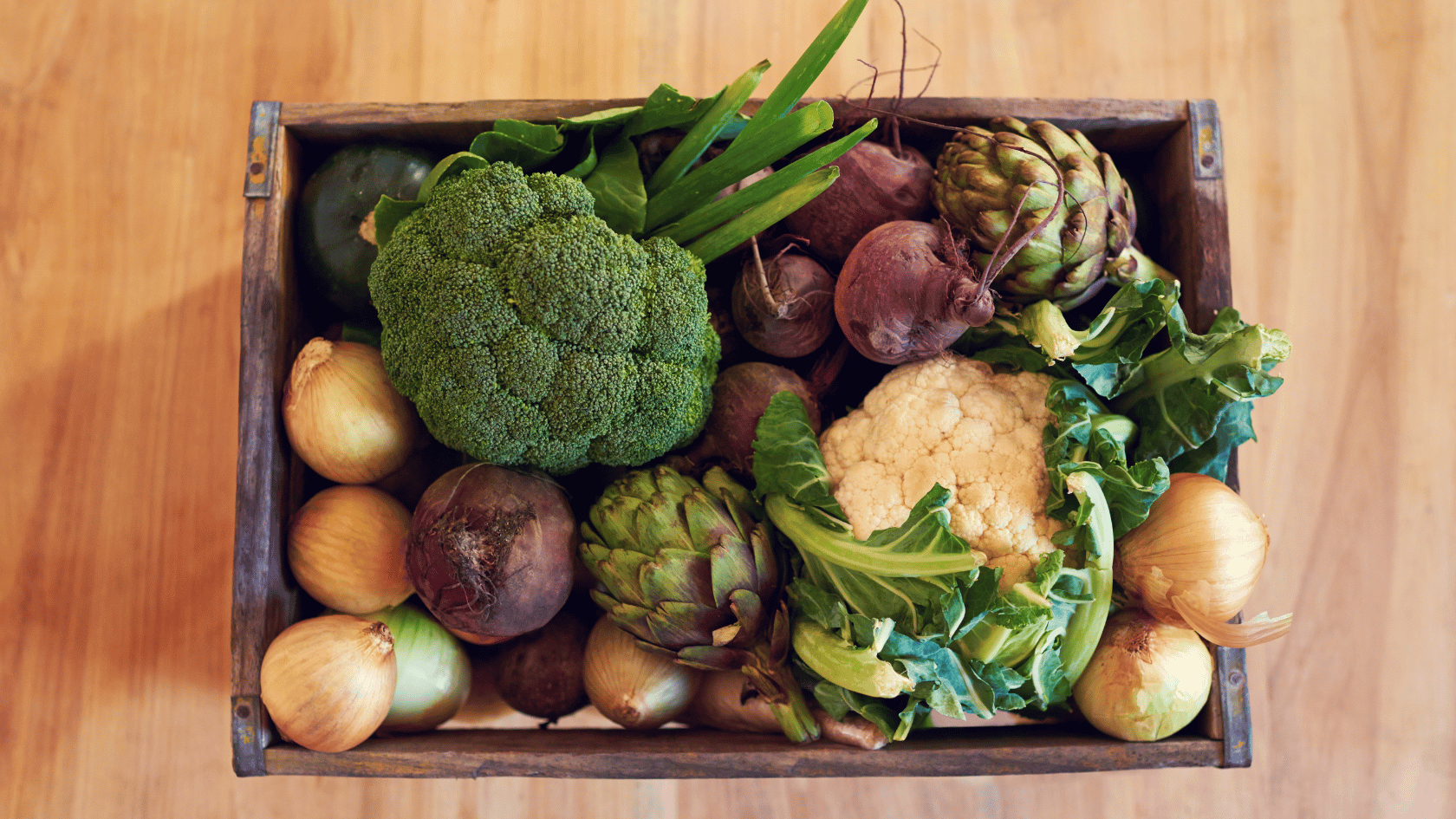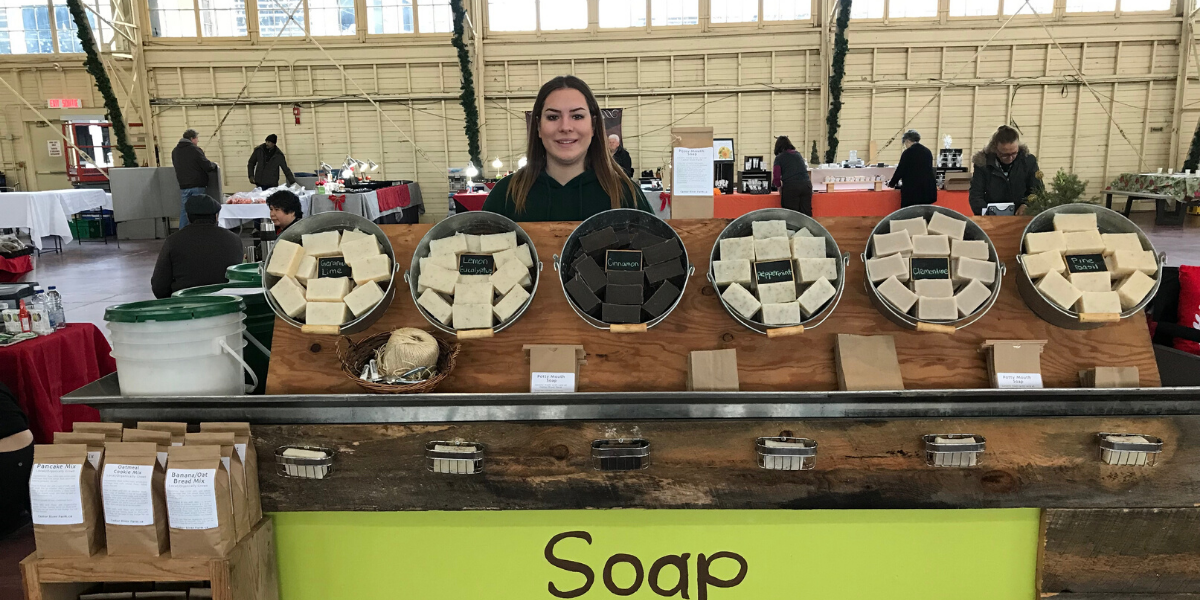How to Price Your Farm Products for Wholesale
When pricing your products for the wholesale market as a farmer, it's important to consider various...

 Nina Galle
Apr 04,2024
Nina Galle
Apr 04,2024
Cost of Goods Sold (COGS) is the total of all the costs that go into producing a product. For farms and other food businesses, accurately calculating COGS is crucial for understanding how to price meat and produce ensure profitability and market competitiveness. Calculating this value can become complicated depending on the number of different products you produce and the costs associated with producing each.
The basic COGS calculation is:
Value of Inventory at the Beginning of the Year
+ Additional Inventory Cost (inventory purchased throughout the year)
- Inventory at the End of the Year
= Cost of Goods Sold
In order to use the Costs of Goods calculation, you must calculate and measure the values within the calculation. Here is the 6-step process:
This inventory includes:
These are all costs that go directly into production or purchasing of a product:
These are all costs that indirectly go into production or purchasing of a product:
These are all costs that goes into maintaining and use of your facilities:
The final value to be determined is your inventory at the end of the business year. The easiest way to determine this value is to take physical inventory. Any lost or worthless inventory should not be included in this value as it can not be sold.
Tip: Use Local Line's farm inventory management software to make product and inventory tracking easier to manage and report on. With features like real-time inventory updates and restock reminders, it ensures efficient management and customer satisfaction.
After you have collected all of the values from the steps listed above, you are ready to do your COGS calculation. For example:
$20,000 (inventory at the beginning of the year)
+ $15,000 (product costs + production costs + facility costs)
- $30,000 (inventory at the end of the year)
= $5,000 (COGS)
Are you a farmer or food producer and want to keep your inventory, orders, customers, and sales channels synced? Build a farm website, sell farm goods direct to customers online and manage your farm sales all in one place with Local Line.
Local Line provides automated farm reports and analytics, simplifying the calculation of essential metrics like Cost of Goods Sold (COGS) for agricultural and farm sales.
With over 50 customizable reports, you can monitor sales trends, manage farm inventory in real-time, and access unique customer insights to enhance your farm operations and boost profitability.
Nina Galle is the co-author of Ready Farmer One. She continues to arm farmers with the tools, knowledge, and community they need to sell online at Local Line.

Stay in the loop by subscribing to our newsletter and receive weekly insights that you won't want to miss.

When pricing your products for the wholesale market as a farmer, it's important to consider various...
 Nina Galle
Nina Galle

Thinking of starting an online food business? When you’re selling food online, your product...
 Nina Galle
Nina Galle

Operating for 30 years and selling direct to customers for the last 12 years, Castor River Farm...
 Nina Galle
Nina Galle